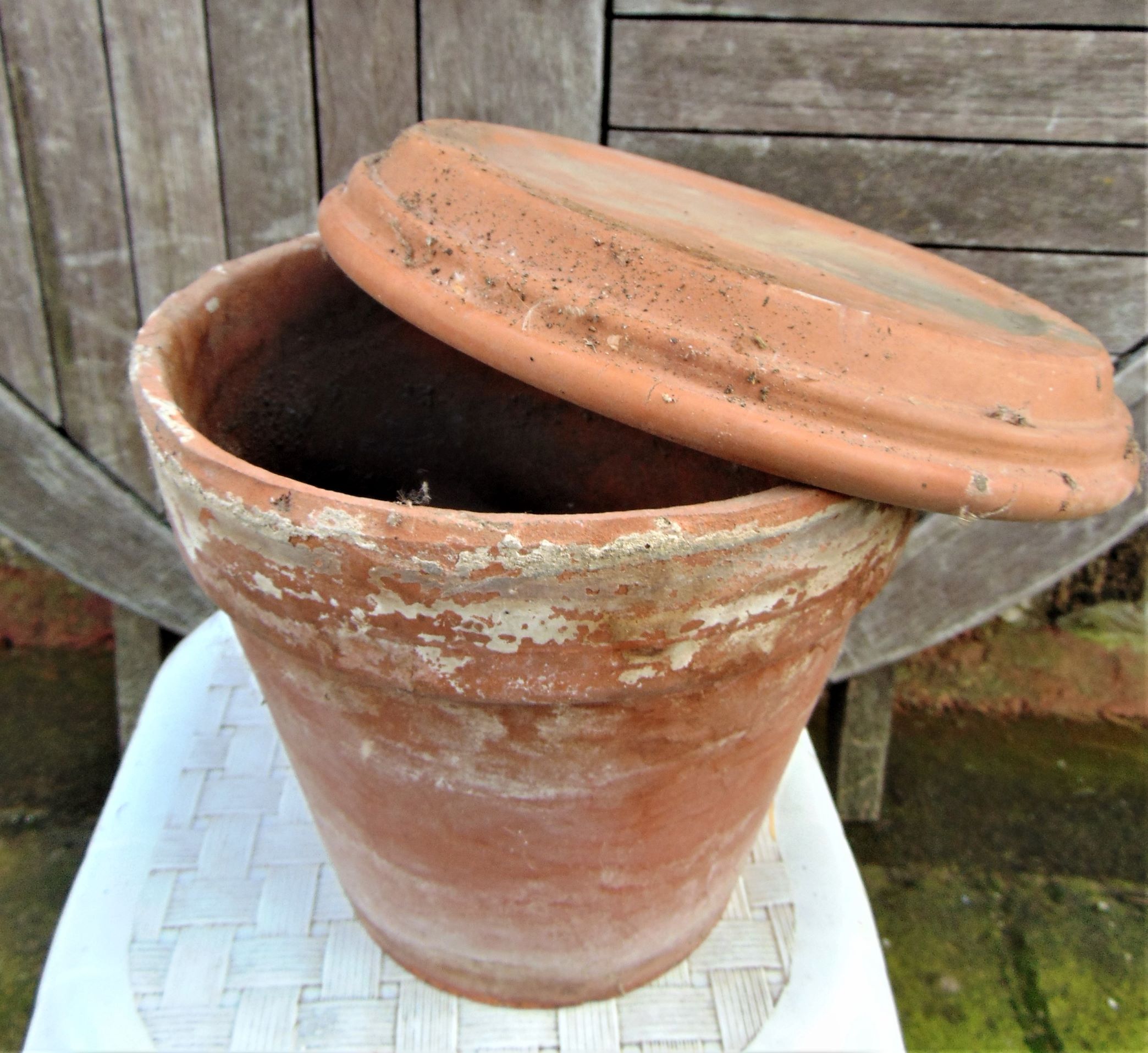Help your vegetables and crops to survive heat and drought. Every little help can make a difference.
What causes dehydration? Low groundwater table and little rainfall.
But also wind! Sun. An airy, loose bottom structure.
Wind and sun can be tempered by higher plants between lower crops, or by placing bushes or an (edible) hedge on parcel edges. Avoid linear structures and rows, rather plant or sow alternate species in a hexagonal pattern, or in spiral shapes.
An additional tool for some shade and as a windbreak, is relief in the garden. Do not make the garden flat, provide beds and ridges (better not linearly). Apply Hügelkultur here and there. (Dig a ditch, fill with a log and wood, and cover it again with the excavated soil.)
The soil will dry out less if you ensure that it is and remains covered. This is possible by mulching with organic material. Failing that, you can also use cardboard or even boulders. Or (low) vegetation such as clover and chickweed. Covering can also catch condensation in the morning. Dew is formed when the temperature of the air falls below the dew point, whereby the water vapor pressure of the air layer just above the earth reaches the saturation point.
The substrate is preferably moist. Permeable are pebbles, gravel and sand. Finer particles allow less air and evaporation. So prefer not to plow, toss or dig (much and deeply). Clay with compost is fine. A humus-rich black top layer is ideal. You can apply the zaï principle on less suitable soil. Make a pit in the ground (sand) and put compost in it. Sow and plant in it, and ensure mulch.
Water (long) after sunset, so that little evaporates. Avoid temperature shocks (ice cold well water over heated plants). Water on (or in!) the soil, not on the plant (where it can form drops that can bundle rays like a magnifying glass and burn the leaf).
(Modern techniques use drip hoses and (underground) sweat hoses and pumps, or moisture holding granules.)
Economical and little watering is possible according to the baptism principle. And by using the olla pot.
 An olla is a round-bellied pot with a short, wide neck. It was also used as a cooking pot and ash urn in the past. In the garden, the olla (pronounced ojja) is an unglazed, porous, terracotta irrigation pot that is dug up to the neck between the plants. You fill it with water and put a lid over the opening (against dirt, evaporation, mosquitoes). The cooler underground storage prevents evaporation. The plant roots grow towards the pot and extract water from it. You fill it 1 to 2 times a week and save 50-70% water and a lot of work. Because of the seal, mosquitoes cannot lay eggs in the water.
An olla is a round-bellied pot with a short, wide neck. It was also used as a cooking pot and ash urn in the past. In the garden, the olla (pronounced ojja) is an unglazed, porous, terracotta irrigation pot that is dug up to the neck between the plants. You fill it with water and put a lid over the opening (against dirt, evaporation, mosquitoes). The cooler underground storage prevents evaporation. The plant roots grow towards the pot and extract water from it. You fill it 1 to 2 times a week and save 50-70% water and a lot of work. Because of the seal, mosquitoes cannot lay eggs in the water.
Before the winter you have to dig out the pot and keep it inside (against freezing).
(The same water permeable principle is used in the zeer (pot) as a cooling chamber.
You can make a usable pot yourself by using a flower pot. Close the bottom hole by pouring a layer of mortar into the pot, and possibly use a suitable earthenware dish (from the same material) as a lid.
Combine all kinds of techniques and plants. Plant in varied groups, not e.g. leek neatly in a row. Carrot in between provides shade and ground coverage.
A number of southern plants are quite drought-resistant: grapes, olives, figs, lavender ...
Choose crops with a short growing season, and miniature varieties that require less water to develop fruits.
(Reasonably) drought-tolerant vegetables:
• Armenian cucumber
• artichoke Jerusalem
• asparagus (multi-year)
• eggplant
• cowpea (drought-resistant long bean with black eyes)
• green striped cushaw squash
• chickpeas
• lima bean Jackson Wonder
• Corn Black Aztec and Hopi Pink
• Iroquois melon
• Mustard vegetables (type of Chinese iceberg lettuce)
• Green bean (Vigna aconitifolia)
• okra
• bell peppers
• peppers
• legumes of all types
• rhubarb (once mature)
• Swiss chard
• Tepary bean
• watermelon Sugar Baby
• globe artichoke (Cynara cardunculus)
• sweet potato
Also cover the compost heap with a shadowy layer, and bury moist material under the top layer (coffee grounds, rotten fruit …)
